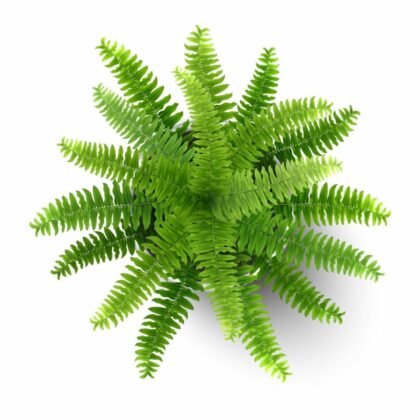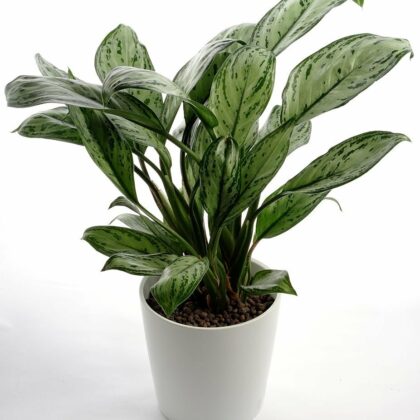Silk Floss Tree (Ceiba Speciosa Tree)
Available on backorder
The Chorisia tree, also known as Ceiba speciosa, It is a species of deciduous tree native to the tropical and subtropical forests of South America.
Chorisia tree Info:
- Common Names: It has several local names such as palo borracho (Spanish for “drunken stick”), and in the USA, it’s often called the silk floss tree.
- Habitat: The natural habitat of the floss silk tree is in the northeast of Argentina, east of Bolivia, Paraguay, Uruguay, and southern Brazil. It is resistant to drought and moderate cold.
- Appearance: The tree is known for its distinctive bottle-shaped trunk, which can be up to 2 meters in girth and is covered with thick, sharp conical prickles. The trunk is green in younger trees due to chlorophyll, allowing it to perform photosynthesis when leaves are absent, and turns gray as it ages.
- Growth: It can grow rapidly when water is abundant and may reach over 25 meters in height.
- Branches and Prickles: The branches tend to be horizontal and are also covered with prickles. The trunk’s prickles deter wild animals from climbing the trees.
- Flowers: The flowers are large, measuring 10 to 15 centimeters in diameter, and their shape is superficially similar to hibiscus flowers. The flowers are in bloom between February and May in the Southern Hemisphere, but they may bloom at other times of the year, such as late as November in Florida.
- Fruit: The fruits are lignous ovoid capsules, 20 centimeters long, containing black seeds surrounded by a mass of fibrous, fluffy matter reminiscent of cotton or silk.
Cultivation and Care:
The silk floss tree should be planted in a location that allows enough space for its full growth and spread. It prefers well-draining soil but can tolerate a variety of soil types. Young trees require regular watering to establish a strong root system, but once established, they are fairly drought-tolerant. The tree requires full sun for optimal growth and flowering.
Propagation:
Propagation is typically done by seeds, but it can also be achieved through cuttings or grafting.
Non-Native Uses: In areas where it is not native, such as North America, it is recommended for buffer strips around parking lots or for median strip plantings in the highway; it is also used as a shade tree, specimen, or residential street tree.
The Chorisia tree is not considered invasive and is instead valued for its aesthetic appeal in urban landscapes. It’s a distinctive and ornamental tree known for its striking appearance and ornamental value, widely cultivated in tropical and subtropical regions around the world.The Chorisia tree is also valued for its ornamental qualities, particularly when it blooms, creating a spectacular display of pink flowers. It’s a resilient tree that can withstand drought and moderate cold, making it a popular choice for landscaping in suitable climates.
Cairo
Giza








